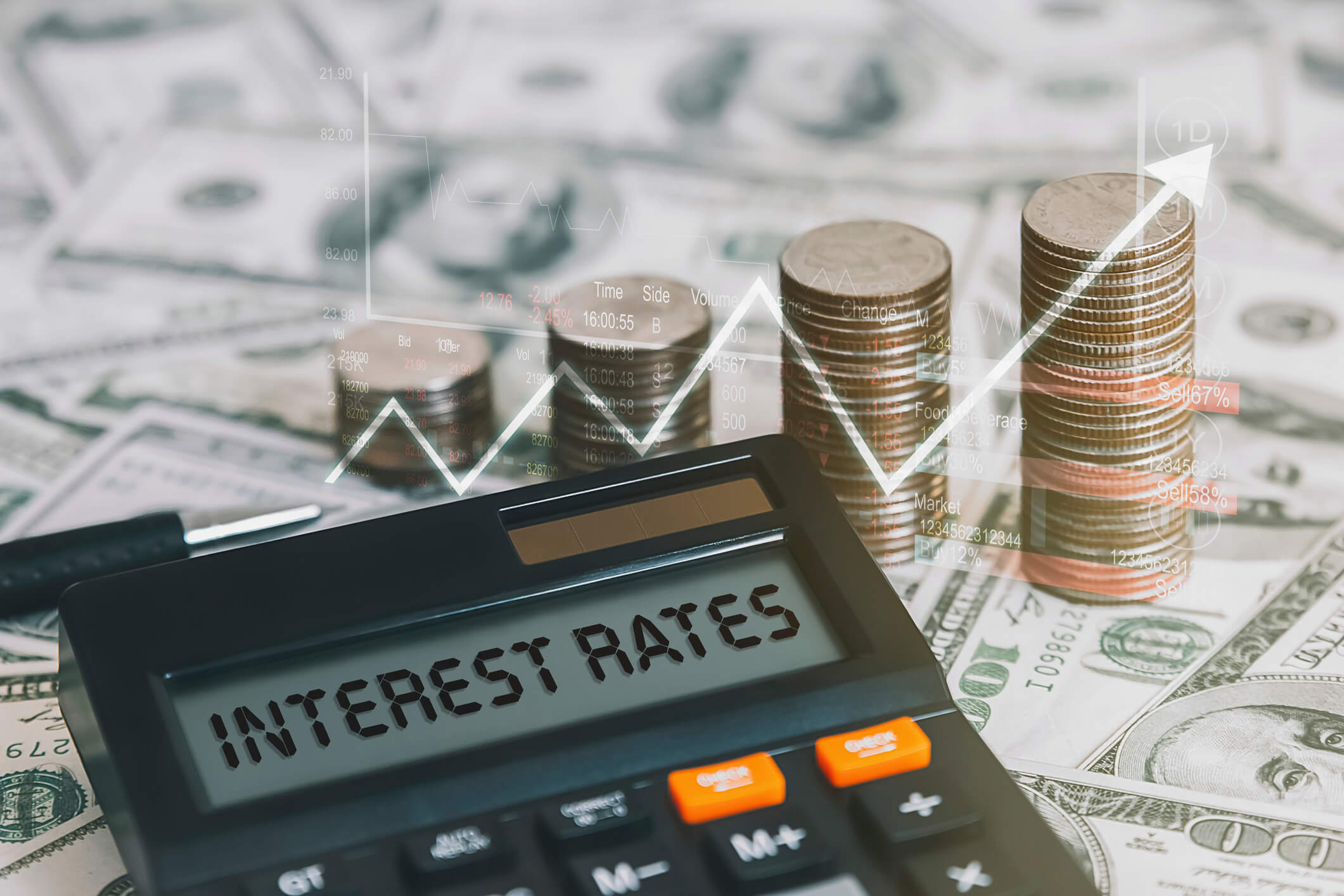A bank is a business that treats money as a commodity, lends it to borrowers for a limited time, and then charges them for it. Regarding a consumer loan or mortgage, the annual interest rate is set rather than the monthly, daily, or minute rate because it is easier for the client and the bank to calculate. If the phrase “annually” does not appear in the loan agreement at a surprisingly low-interest rate, it could signify quarterly or monthly charges.
Central banks will not engage in such shady practices; this isn’t the price rise we observed during the outset of the pandemic when scared people rushed out to buy toilet paper and hand sanitizer. Instead, a rise could indicate that we are entering an inflationary period, with continuous increases in the cost of living spurred by a gradual reopening of the economy following the pandemic’s abrupt halt.
What Determines the Interest Rate?
The central bank, the most significant regulator, sets the country’s minimum rate. No one will make a loan if it is less than this amount. As this minimum rate is known, the refinancing rate is linked to the critical rate, a financial phrase that is meaningless to ordinary people. Inflation is the second most crucial factor. Inflation is closely related to emissions and the government’s issue of banknotes into circulation, but we won’t get into that here.
When a bank issues a loan, it is interested in generating a profit on the amount it expects to receive. However, because money will be worth a little less in a year and we would be able to purchase minimum items for the same amount, the initial interest rate will need to be increased by the real interest rate.
Finally, there’s the premium or extra payments. There seems to be one drawback: if the price of ordinary loans consists simply of the refinancing rate plus inflation, it will be difficult for banks, tiny ones, to make money. Banks are at risk of nonpayment, aggressively borrowing cash from one other, and the central bank needs to pay for offices and staff. As a result, they employ several strategies to raise the ultimate cost, ranging from a simple surcharge to an increase in the rate for specific consumer groups. By the way, the lower the price, the larger the financial institution.
What Does the Interest Rate Depend On?
Interest rates and payment types are two factors to consider. Everything is evident in interest; however, think about the additional payments. There are two types of them:
Annuity: Your loan is accepted, interest is computed in advance, and a payment schedule is set so that you pay a regular amount every month, but the early months primarily pay off interest, and the last months predominantly pay off the principal debt.
Differentiated: In this situation, they take your principal debt, divide it evenly over the entire period, and charge interest on the outstanding amount.
Different Types of Interest Rates
There are a lot of them, but they aren’t as significant for lending to individuals. Let us give you a quick explanation:
Fixed versus flexible exchange rates: In one, the rate remains constant throughout the term, while in the second, it fluctuates.
Recursive and anticipative: In one case, the borrower must pay everything after the period; in the second, the borrower must pay everything in advance or through the banking procedure.
Inflation-adjusted nominal: Excluding inflation or adjusted for inflation
What Is the Effective Rate of Interest?
What is a common interest per annum on a consumer or other loan? The fact that the percentage given in the offer does not align with the overpayment leads to people misunderstanding their loan terms. The effective interest rate enters the picture at this point. The EIR includes the loan’s interest and all additional payments and levies. The bank decides the initial price, and you have no control over it. The only choice is to keep this proportion unchanged.
Pay on time, take advantage of special offers, hunt for benefits, and read and analyze documentation. A hike in price is neither a good nor a bad thing. The ability to keep things under control is a sign of a thriving economy. It encourages us to spend rather than hide money beneath the bed. However, while inflation has remained consistent in recent decades, some fear that current prices will continue to climb, putting consumers under strain and jeopardizing the recovery.
 About Complete Controller® – America’s Bookkeeping Experts Complete Controller is the Nation’s Leader in virtual bookkeeping, providing service to businesses and households alike. Utilizing Complete Controller’s technology, clients gain access to a cloud platform where their QuickBooks™️ file, critical financial documents, and back-office tools are hosted in an efficient SSO environment. Complete Controller’s team of certified US-based accounting professionals provide bookkeeping, record storage, performance reporting, and controller services including training, cash-flow management, budgeting and forecasting, process and controls advisement, and bill-pay. With flat-rate service plans, Complete Controller is the most cost-effective expert accounting solution for business, family-office, trusts, and households of any size or complexity.
About Complete Controller® – America’s Bookkeeping Experts Complete Controller is the Nation’s Leader in virtual bookkeeping, providing service to businesses and households alike. Utilizing Complete Controller’s technology, clients gain access to a cloud platform where their QuickBooks™️ file, critical financial documents, and back-office tools are hosted in an efficient SSO environment. Complete Controller’s team of certified US-based accounting professionals provide bookkeeping, record storage, performance reporting, and controller services including training, cash-flow management, budgeting and forecasting, process and controls advisement, and bill-pay. With flat-rate service plans, Complete Controller is the most cost-effective expert accounting solution for business, family-office, trusts, and households of any size or complexity.



